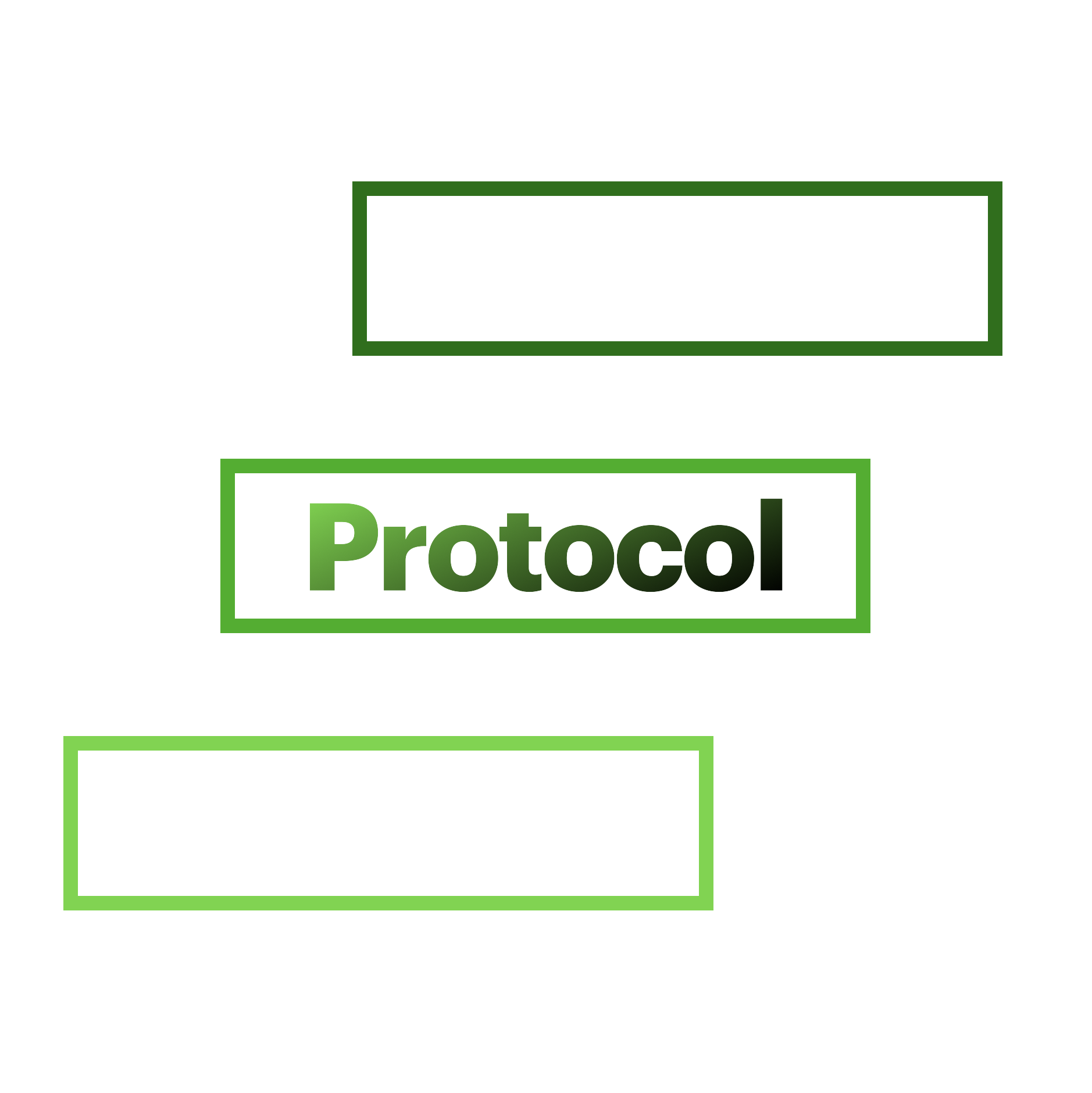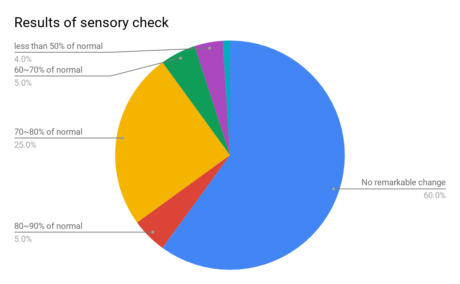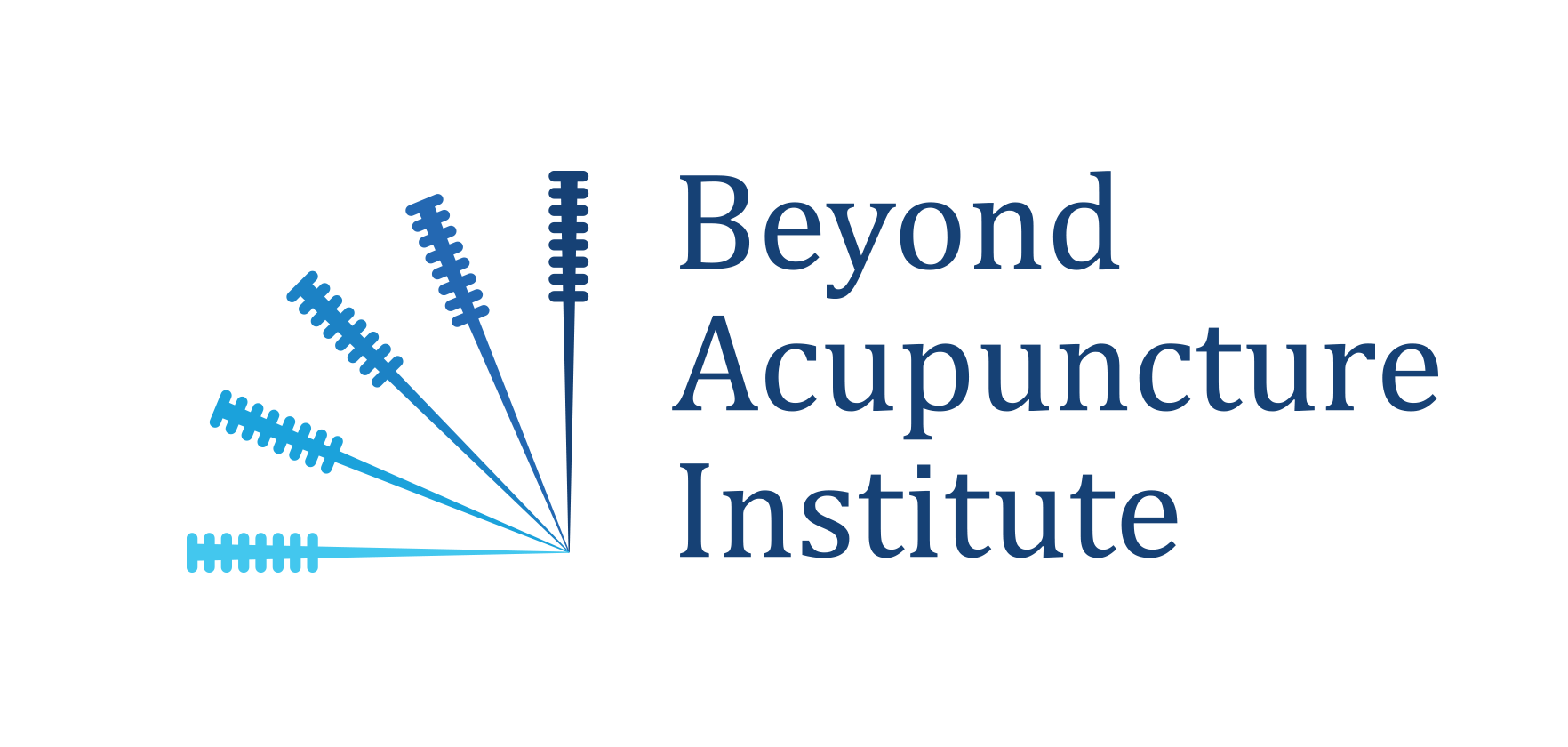
The Practical Physical Examinations for Low Back Pain

Many patients seeking acupuncture have back pain-related problems. A clinical practice guideline from the American College of Physicians includes recommendations of acupuncture for acute, subacute, and chronic low back pain(Qaseem 2017). Besides, chronic back pain is one of the diseases that is effective on acupuncture treatment(Vicker 2012). As an acupuncturist, It is necessary to approach from the perspective of traditional medicine such as meridian, five elements, organ, and so on. At the same time, it is fundamental to make an integrative clinical decision by referring to the neurological findings.
Cause of back pain in primary care
Acupuncturists encounter both acute and chronic back pain, thankfully the causes of each kind of back pain have been reported. A nonspecific musculoligamentous strain causes 85% of acute back pain. Other unusual potential serious causes are compression fracture(4%), spondylolisthesis(3%), herniated disc(1~3%), and so on(Atlas and Deyo 2001).
Similarly, 85% of chronic back pain is nonspecific, and only 15% has specific pathologic causes(Berman 2010). Therefore acupuncturists must focus on finding the nonspecific cause of back pain in the majority(85%) of patients. Meanwhile, building up an appropriate treatment strategy according to specific pathologic conditions in 15% of patients is essential.
Why is physical exam necessary?
There are three essential reasons to run physical exams – the first, prognosis estimation. After taking medical history thoroughly, an appropriate physical exam can be used to access the possible pathological causes and the status of surrounding connective tissue to determine the prognosis. In general, the prognosis is 2 to 4 weeks for nonspecific musculoligamentous problems, 4 to 6 weeks for severe instability. When there are symptoms and signs of the lower extremity, it will show a prolonged prognosis. It is assumed 4 to 6 weeks for lower limb sensory deficit and 8 to 12 weeks for the weakness of lower limb muscles.
The second reason is progress observation. The pain rating scales(e.g., visual analog scale, numeric rating scale) might be helpful as well as a few questionnaires(e.g., Oswestry Low Back Pain Disability Index, and Roland-Morris Disability Questionnaire). However, patients’ subjective opinions can be intervened. So physical exams can help to monitor the relatively measurable progress.
The third reason is to differentiate severe cases that need further evaluation and referral. Physical exams are essential to rule out severe cases such as acute lumbar disc herniation, cauda equina syndrome, a progression of lower limb weakness which are required to visit the emergency room or the higher-level medical institution without delay.
The eight-step physical exam protocol
Patients in a supine position
(1)Sensory examination of the lower limb
(2)Motor examination of the lower limb
(3)Strength test of the iliopsoas muscle
(4)Palpation of the iliopsoas muscle
Patients in a prone position
(5)Compression test from the sacrum to the lumbar region
(6)Strength test of the gluteal muscle
(7)Palpation of the lumbar extensor muscle
(8)Palpation of the gluteal muscle
Because it can be confusing and takes excessive time to change the patient’s posture several times, perform all the tests that can be run in the supine position, and proceed to the rest of the test in a prone position.

How to check for changes in sensation in the lower limb
Pathology to the cord or nerve root results in the loss of light touch, followed by the loss of sensation of pain(Hoppenfeld 1977). Once there are neurologic symptoms such as numbness and burning pain, an acupuncturist can assume the presence of the neurogenic components, based on history taking. However, if there is a loss of light touch without severe symptoms, we can roughly determine the involvement of the neurogenic causes by carefully observing the sensory change of the skin.
First of all, we need to check out the dermatome of L4, L5, and S1 nerve roots which are frequently involved. The dermatome of L4 dominates the medial side of the shin(tibia), L5 dominates the lateral side of the shin, and S1 dominates the lateral side of the foot. When it comes to the acupoints, SP6(Sanyinjiao) is in L4 dermatome, GB39(Xuanzhong) in L5, and BL62(Shenmai) in S1. To investigate the light touch, an acupuncturist can use the tip of fingernails to scratch or stroke the corresponding areas of the examinee simultaneously. In the case of lower limb weakness or radiculopathy, patients show sensory loss mostly. The intensity of sensory loss is usually not so much, and the degree of sensation is often at 70% of the healthy side. Clinically, patients with sensory loss need more time to recover compared to the patients without it. Nakajima in Japan reported the prolonged recovery of the sensory loss patients in the case series report of acupuncture for cervical degenerative radiculopathy(Nakajima 2013).
Generally, 6 out of 10 patients at primary care have no remarkable sensory changes. While the remaining 4 of them show sensory change. If patients have a sensory change, more than half of them show 70~80% compared to normal, followed by 80~90% and 60~70% each. Uncommon cases with chronic or severe back pain show less than 50%. Rarely, patients show hyperesthesia(patients feel more than 100% of light touch), when they have any chance of peripheral and/or central sensitization.
References
Qaseem A, Wilt TJ, McLean RM, Forciea MA; Clinical Guidelines Committee of the American College of Physicians. Noninvasive Treatments for Acute, Subacute, and Chronic Low Back Pain: A Clinical Practice Guideline From the American College of Physicians. Ann Intern Med. 2017 Apr 4;166(7):514-530.
Vickers AJ, Cronin AM, Maschino AC, Lewith G, MacPherson H, Foster NE, Sherman KJ, Witt CM, Linde K; Acupuncture Trialists’ Collaboration. Acupuncture for chronic pain: individual patient data meta-analysis. Arch Intern Med. 2012 Oct 22;172(19):1444-53.
Atlas SJ, Deyo RA. Evaluating and managing acute low back pain in the primary care setting. J Gen Intern Med. 2001 Feb;16(2):120-31.
Berman BM, Langevin HM, Witt CM, Dubner R. Acupuncture for chronic low back pain. N Engl J Med. 2010 Jul 29;363(5):454-61.
Stanley Hoppenfeld. Orthopaedic Neurology: A Diagnostic Guide to Neurologic Levels. 3rd edition. Lippincott Williams & Wilkins;1977:2
Nakajima M, Inoue M, Itoi M, Kitakoji H. Clinical effect of acupuncture on cervical spondylotic radiculopathy: results of a case series. Acupunct Med. 2013 Dec;31(4):364-7

